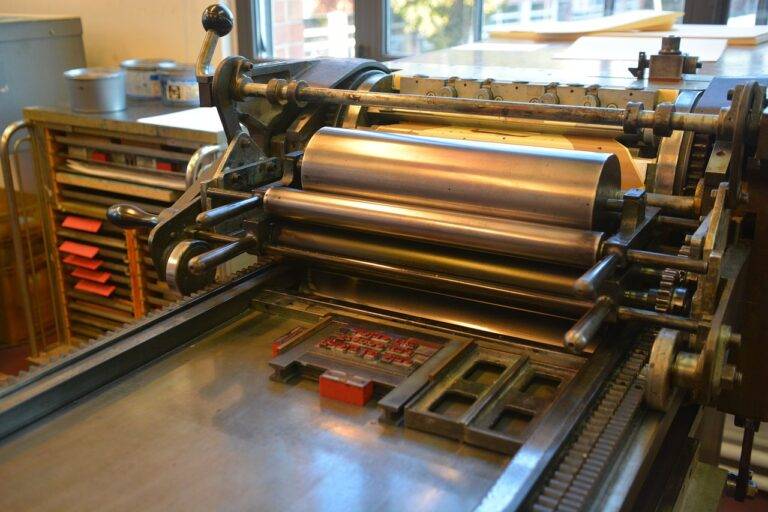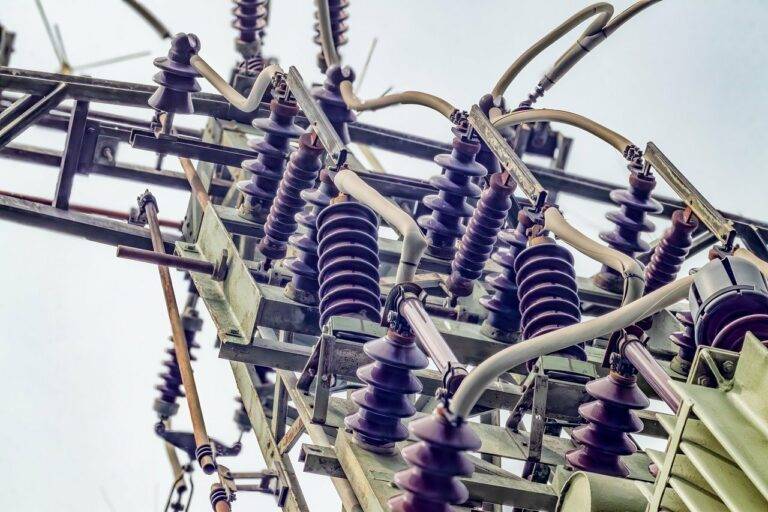The Future of Food Tech: From Lab-Grown Meat to Vertical Farming
Food technology is rapidly evolving to meet the demands of a growing population and changing consumer preferences. One key trend in this field is the rise of plant-based meat alternatives. Companies are investing heavily in research and development to create products that mimic the taste and texture of traditional meat, while offering environmental and health benefits.
Another important trend in food technology is the increasing use of artificial intelligence and data analytics in food production. By harnessing the power of AI, food companies are able to optimize processes, reduce waste, and improve product quality. This technology allows for more efficient and sustainable food production methods, ensuring that the industry can continue to meet the needs of a global population.
Lab-Grown Meat: A Sustainable Alternative
Lab-grown meat, known as cultured meat, is a sustainable alternative to traditional animal agriculture. Scientists work on creating meat from cell cultures rather than raising and slaughtering animals. This approach significantly reduces the environmental footprint of meat production by lowering greenhouse gas emissions and minimizing land and water usage.
One of the key advantages of lab-grown meat is its potential to address food security issues. As the global population continues to grow, traditional livestock farming methods may struggle to meet the increasing demand for meat. Cultured meat production has the ability to efficiently scale up to meet the rising food needs of a growing population without further straining the planet’s resources.
• Lab-grown meat is created from cell cultures, reducing the need for raising and slaughtering animals
• Reduces greenhouse gas emissions and minimizes land and water usage
• Addresses food security issues by efficiently scaling up production to meet growing demand
Vertical Farming: Revolutionizing Agriculture
Vertical farming is a modern agricultural technique that involves growing crops in vertically stacked layers, utilizing controlled environments like skyscrapers or shipping containers. This innovative approach optimizes space efficiency and minimizes the need for traditional farming practices. By incorporating technologies such as hydroponics and LED lighting, vertical farming maximizes crop yield while reducing water consumption and eliminating the use of pesticides.
One of the main advantages of vertical farming is its ability to produce fresh and nutritious crops year-round, regardless of external climate conditions. This sustainability aspect is particularly crucial in mitigating the environmental impact of traditional agriculture, such as deforestation and water contamination. Beyond its environmental benefits, vertical farming also has the potential to increase food security by bringing production closer to urban centers, reducing transportation costs and carbon emissions associated with long-distance food supply chains.
What are some key trends in food technology?
Some key trends in food technology include vertical farming, lab-grown meat, and sustainable agriculture practices.
How is lab-grown meat a sustainable alternative?
Lab-grown meat is a sustainable alternative to traditional livestock farming as it requires less land, water, and resources to produce.
How is vertical farming revolutionizing agriculture?
Vertical farming revolutionizes agriculture by allowing crops to be grown in controlled environments, using less space and resources while maximizing yields.
What are the benefits of vertical farming?
Some benefits of vertical farming include year-round crop production, reduced water usage, and the ability to grow food in urban areas.
How does vertical farming impact food security?
Vertical farming can help improve food security by increasing local food production, reducing dependency on imports, and providing fresh produce to communities year-round.





